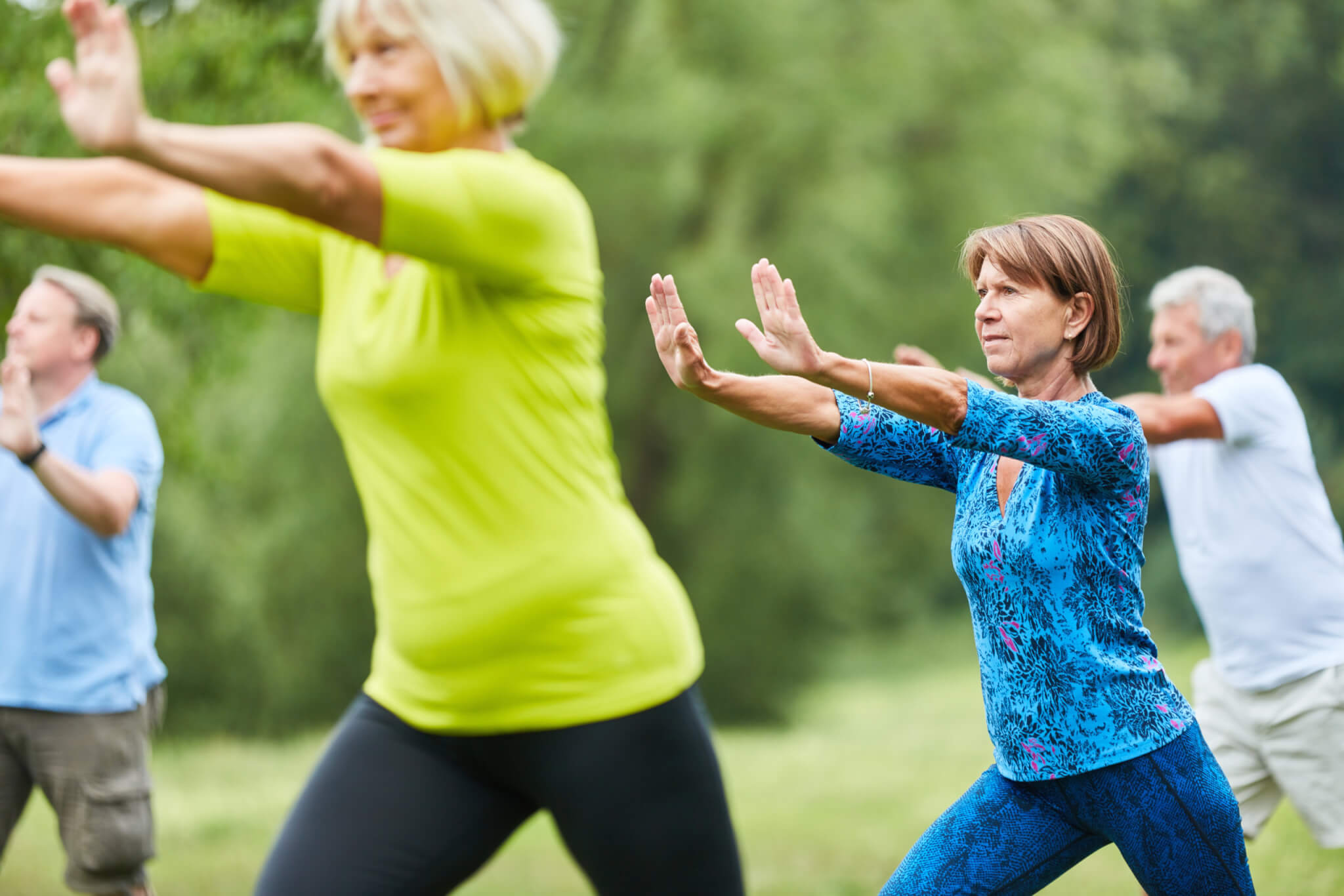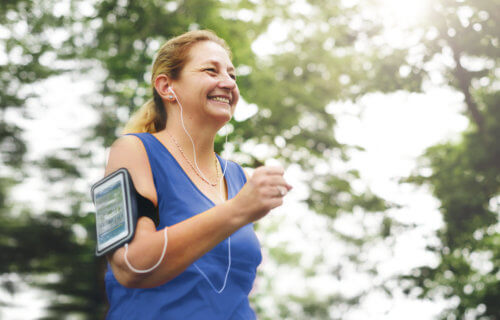ST. LUCIA, Australia — Jogging, yoga, strength training, and even simple strolls significantly alleviate depression, according to a new study. The report highlights that various physical activities, ranging from low-intensity ones to more vigorous exercises, all effectively reduce depressive symptoms. However, the intensity of the activity matches with the magnitude of the benefits to mental health.
The research team, led by Dr. Michael Noetel from the University of Queensland, underscores that exercise is particularly effective in mitigating depression, whether practiced independently or in conjunction with conventional treatments like psychotherapy and medication. Despite these promising findings, the researchers caution that confidence in many results remains modest, underlining the need for further high-quality investigations. However, they advocate for considering these physical activities as fundamental components of depression treatment strategies.
According to the World Health Organization, depression affects over 300 million individuals globally. While exercise is commonly recommended alongside psychotherapy and medication, there’s inconsistency in treatment guidelines regarding the optimal exercise prescription for depression relief.
In their pursuit of clarity, the research team examined 218 trials involving over 14,000 participants, comparing exercise with established depression treatments. This comprehensive analysis revealed significant depression reduction through various exercises, including dance, walking, jogging, yoga, strength training, mixed aerobic exercises, and tai chi.

Notably, combining exercise with prescription drugs or integrating aerobic exercise with psychotherapy was shown to enhance treatment outcomes, suggesting an additional benefit of exercise in established treatment regimens.
The study also found gender and age-specific effects; for instance, strength training yielded more significant results in women, whereas yoga or qigong was more beneficial for men. Additionally, yoga showed heightened effectiveness in older adults, whereas younger individuals benefited more from strength training. Although light activities like walking and yoga offered considerable benefits, vigorous exercises such as running and interval training were more advantageous.
Exercise proved equally effective across various demographics, including individuals with or without other health conditions and at different depression severity levels. The study observed similar effects for both individual and group exercises, suggesting that factors such as social interaction, mindfulness, and engagement with nature could play roles in the observed positive outcomes.
“Our findings support the inclusion of exercise as part of clinical practice guidelines for depression, particularly vigorous intensity exercise,” study authors say in a media release. “Health systems may want to provide these treatments as alternatives or adjuvants to other established interventions, while also attenuating risks to physical health associated with depression.”
“Primary care clinicians can now recommend exercise, psychotherapy, or antidepressants as standalone alternatives for adults with mild or moderate depression,” explains Juan Ángel Bellón at the University of Malaga in a linked editorial.
However, the study author pointed out that taking regular exercise can be challenging for people with depression. Prof. Bellón urged health services and local and national administrations to “provide enough resources to make individualized and supervised exercise programs accessible to the entire population.”
The study is published in The BMJ.
SWNS writer Stephen Beech contributed to this report.
